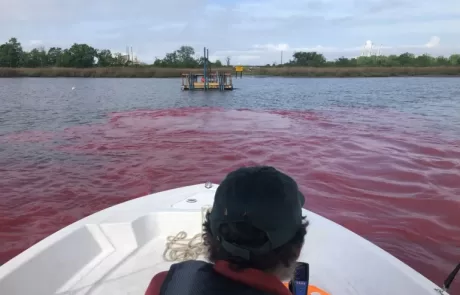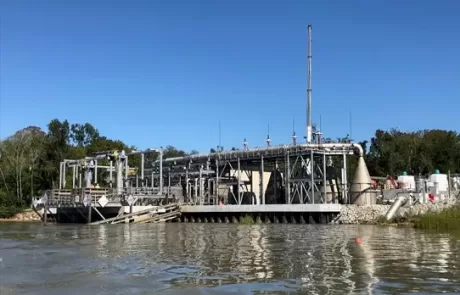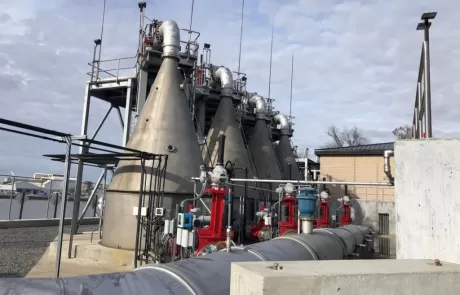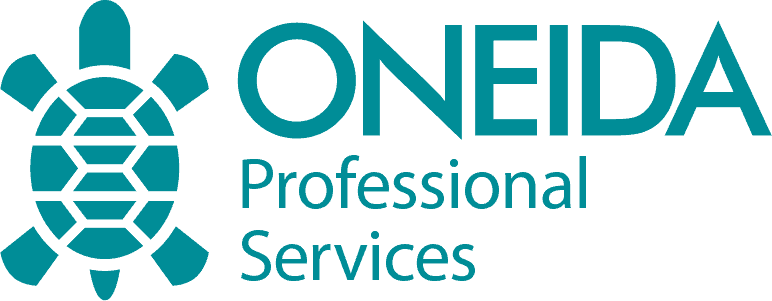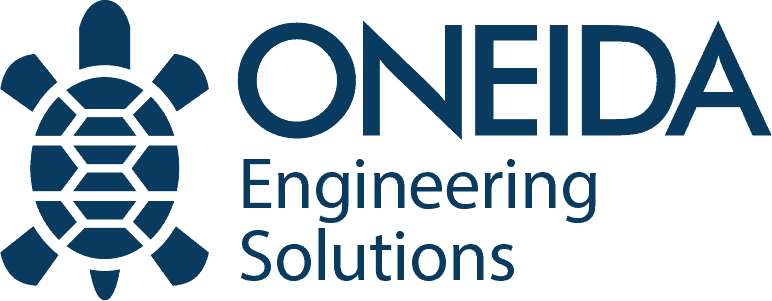LG2 Primes Dissolved Oxygen Project for Savannah Harbor Expansion Project (SHEP)
JACKSONVILLE, FL / LG2 (LG2 Environmental Solutions) was contracted by United States Army Corps of Engineers (USACE) Savannah District to perform system water quality monitoring and data modeling of the dissolved oxygen (D.O.) injection systems designed to mitigate for anticipated impacts to the Savannah River from harbor expansion activities. Our prime subcontractor, Tetra Tech, Inc., is supporting LG2 with engineering and modeling services.
Excerpts from the USACE Savannah District Website:
The Savannah Harbor Expansion Project (SHEP) will deepen the Savannah Harbor federal shipping channel from a depth of -42 feet to -47 feet. Studies demonstrated the deepening will produce substantial economic benefits for the nation by enabling larger and more heavily loaded vessels to call on the harbor with fewer tidal delays. Given the proximity of the shipping channel to sensitive estuarine resources, the Corps, along with its state and federal partners, conducted exhaustive engineering and environmental studies to identify environmental impacts expected from the project and ensure those impacts will be offset through mitigation.
Environmental mitigation features include installing a dissolved oxygen injection system consisting of two separate facilities: the Down River system near the federal shipping channel and nearest to Georgia Port Authority facilities and the Up River system approximately 9 miles upstream in an adjoining county. The process removes water from the river by 3-story tall water intakes cells, routes the raw water into the top of 2-story conical vessels called Speece cones, injects the Speece cones with oxygen generated onsite and under pressure to infuse the water with oxygen, and returns the super-saturated water back to the river. Four Speece Cones comprise the Down River system whereas eight (8) Speece cones comprise the Up River system. These systems will maintain the level of dissolved oxygen in the harbor at the pre-SHEP 47’ deepening level.
Highlights
- Responsible for the procurement, deployment, custody, and maintenance of almost one million dollars of monitoring instruments and associated data telemetry devices, instrument buoys, instrument platforms, and expensive tracer dye solution utilized during this project
- Water quality data was collected adjacent to system effluent diffusers and up to one mile distances upstream and downstream from system components to evaluate system performance
- All data was transferred through LG2 to website-based and cloud-based data management systems for evaluation and usage to refine Government modeling programs written for this project.
Services
- LG2 collected data from a fixed instrument platform we designed and built, from instrument buoys they fitted and deployed, and from a fleet of motorboats that allowed real-time tracking of system effluent. Minute-by-minute decisions maximized data collection efforts focused on the daily shipping traffic and tidal influences that showed sometimes 10-foot differences between low and high tides.
- Crews of water quality scientists performed multiple monitoring events culminating in continuous 60-day events.
- Data quality assurance, interpretation, and presentation was provided by our prime subcontractor, Tetra Tech, Inc.
Unique aspects of this project.
The total SHEP project cost estimate has eclipsed 1 billion dollars. The dissolved oxygen injection system construction project costs have eclipsed 100 million dollars. This is the first D.O. injection system of this size and application (estuary environments). Stakeholders include federal, state, and private interests. The United States Army Corps of Engineers (USACE) is the lead federal agency for the project with interests including the Environmental Protection Agency, the United States Fish and Wildlife Service, the National Marine Fisheries Service, Georgia Port Authority, South Carolina Department of Health and Environmental Control, and the Savannah River Maritime Commission.

